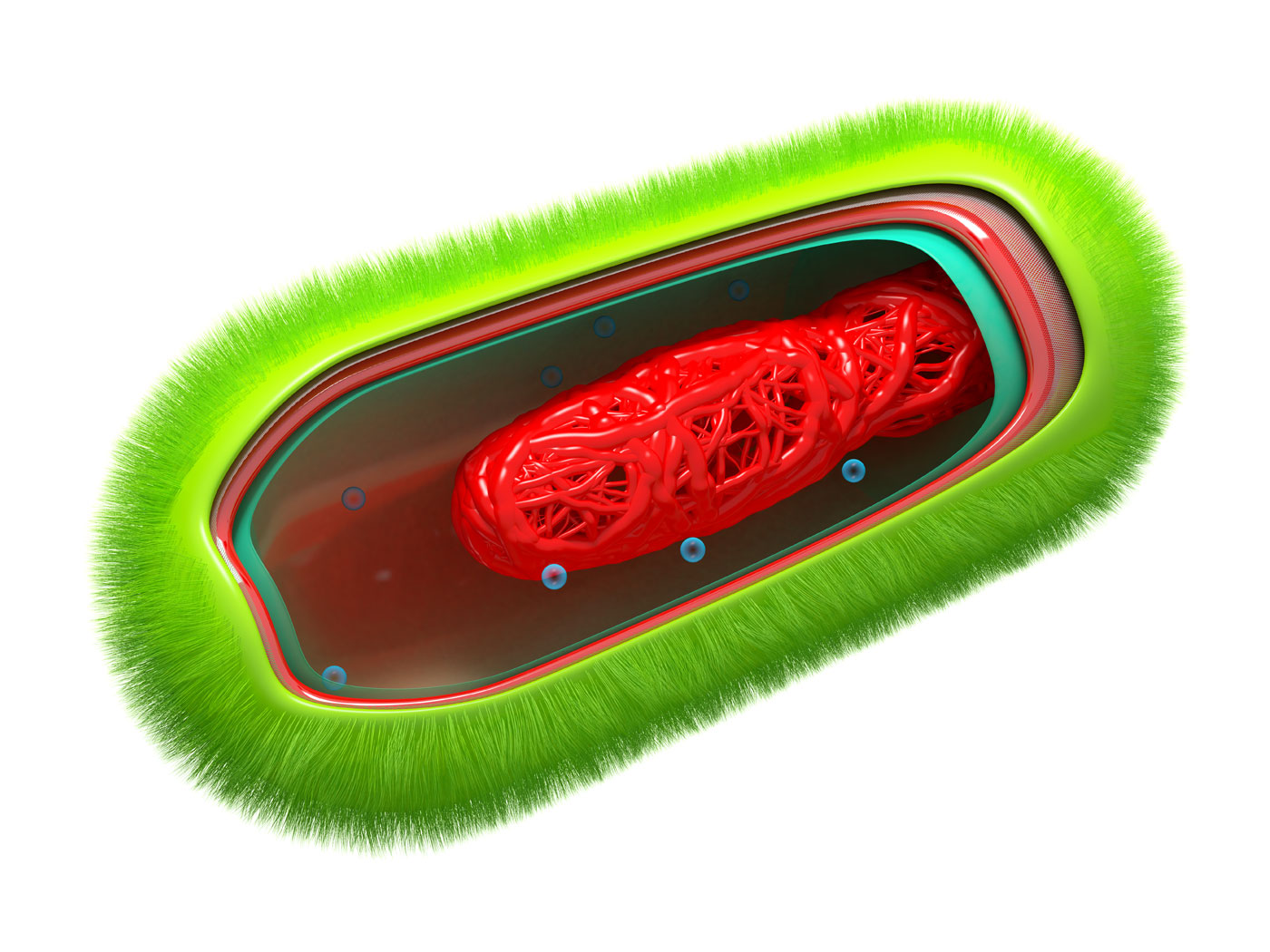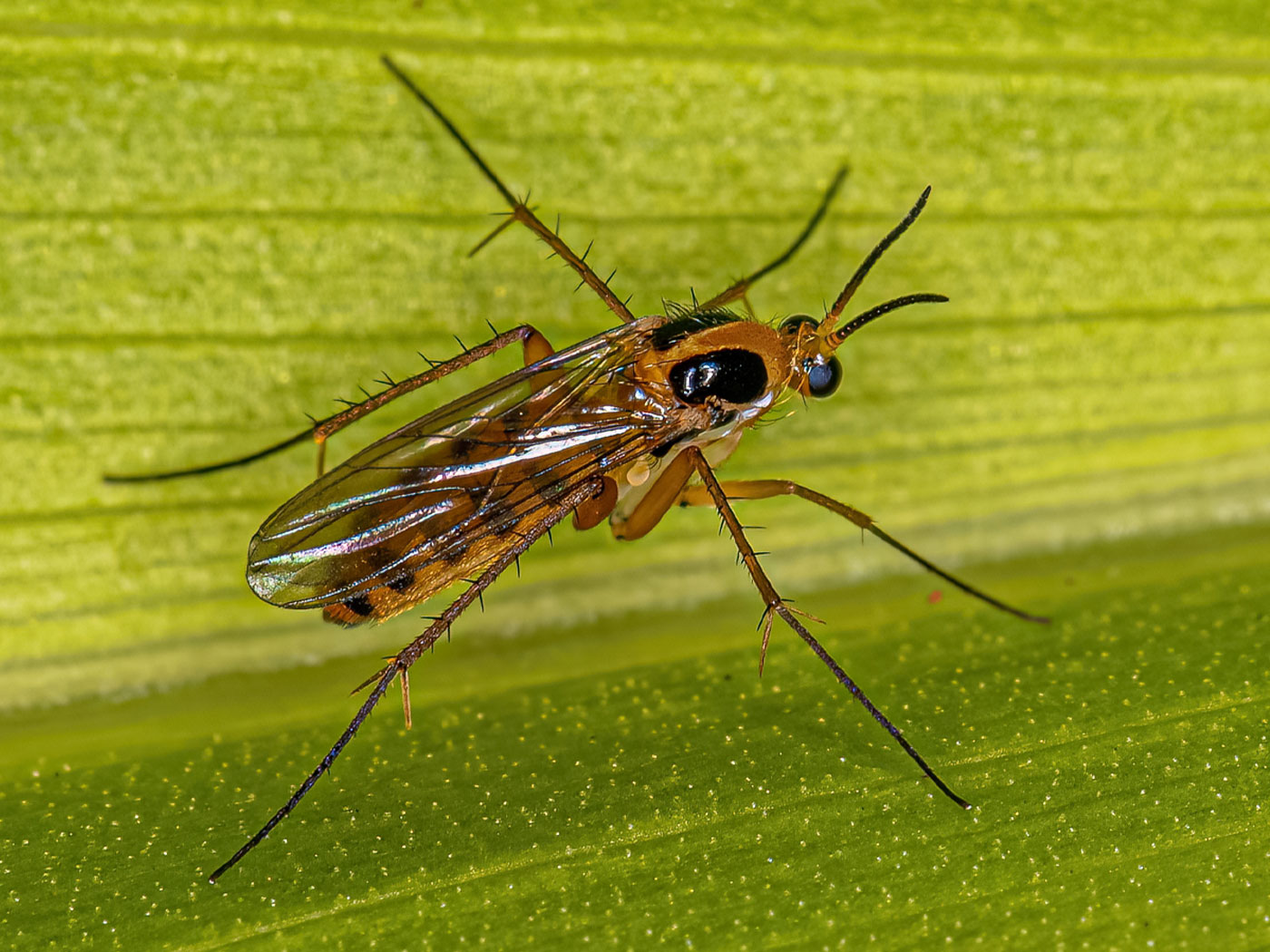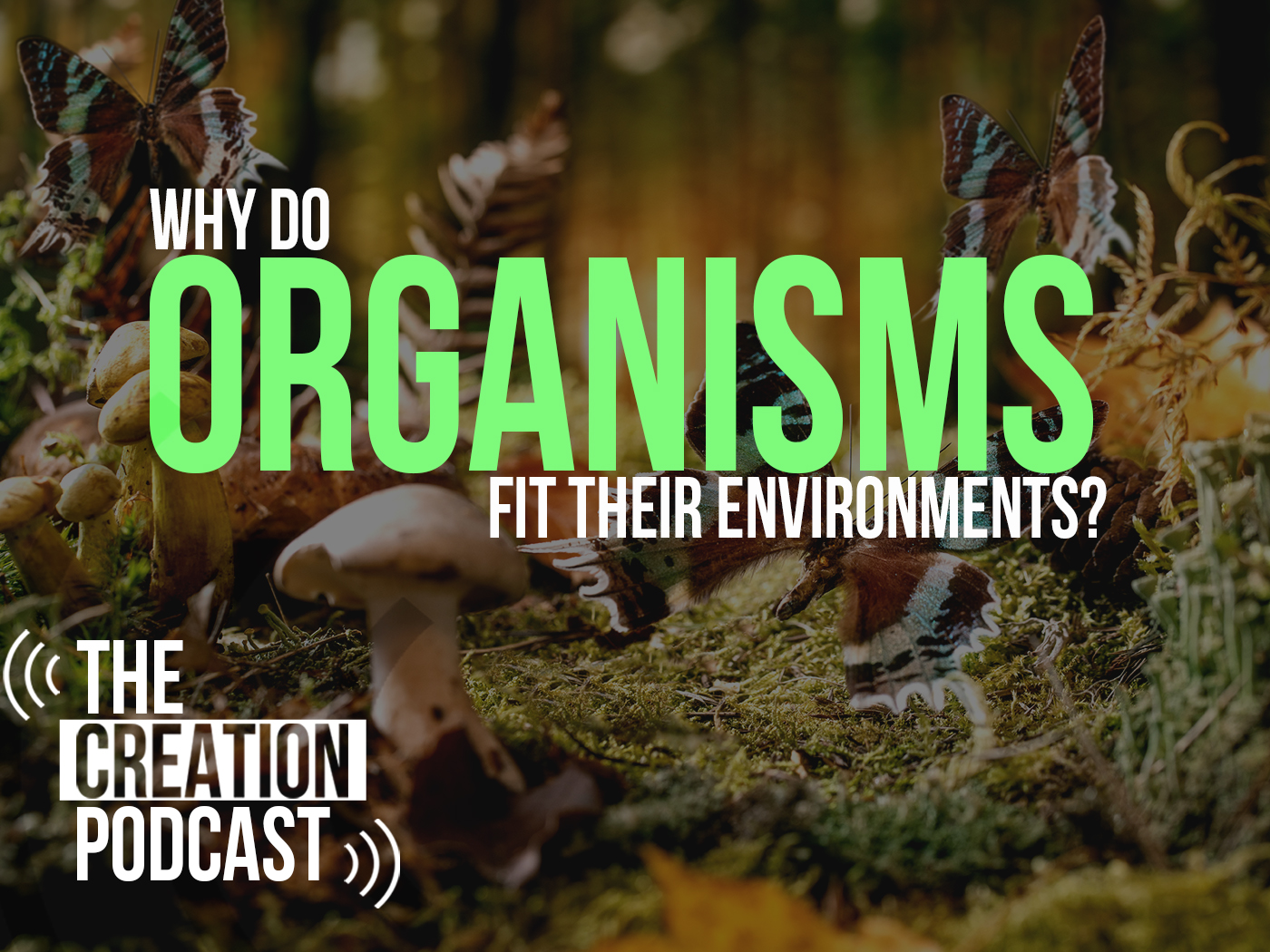In American football, the quarterback can hand off the football to a team member, who then may do a handoff to another player. Exciting plays may be put together that combine several handoffs and even a pass downfield to an awaiting player who, hopefully, carries the ball to the goal.
The handoff is a great idea that was used long before football came along. In fact, it is a key factor in the human respiratory system. There, the "goal" is to take molecules of oxygen gas (O2), "hand them off" to all body tissues, and then transfer carbon dioxide gas (CO2) out of those tissues back to the atmosphere. Intelligent players move a football, but the human body accomplishes its handoffs with unthinking molecules that use the laws of nature and the same physical components to move the gases both ways.
Natural Handoffs
Recall that breathable air is about 78 percent nitrogen, 21 percent O2, and the remaining gases--including CO2--are less than 1 percent. The combined weight, or force, of these gases pushing on a surface is called its pressure. Oxygen itself contributes a "partial" pressure of 21 percent of the total. In the human body, the amount of O2 is highest in the lungs, so the pressure of O2 in lungs is greater than in muscle. (Muscle tissue is used here to represent all tissues in a person's body.)
Why is this important? Because the human respiratory system utilizes a principle of nature that gas exchanges go from places of high pressure to low pressure--that's one way a handoff is done.
The respiratory system also exploits two other natural phenomena. Some gases will dissolve in liquids, just like CO2 does in a can of soda. Gases may dissolve easier in certain liquids. How easily a gas dissolves in a liquid is called its solubility. Moving liquids transport the dissolved gas, but under the right conditions they let the gas escape--which is another type of handoff.
Finally, some tissue molecules "like" to grab and hold gases. How strongly they bind them is called the molecule's affinity for that gas. When one low affinity tissue turns over a gas to a high affinity tissue, a third type of handoff happens.
Partial Pressures
The normal conditions in the atmosphere compared to those inside the body are such that the pressure of O2 in the air is higher than in lungs, which is higher than in blood, which is higher than in muscles. Oxygen is handed off on each step from areas of high to low pressure. Muscles "burn" sugar molecules for energy best using O2, which results in CO2 as waste. Carbon dioxide gets pushed out of the body from high to low pressure, since CO2 pressure in muscles is higher than in blood, which is higher than in lungs, which is higher than in a normal atmosphere.
Based on earth's concentrations of atmospheric gases, it just "happens" that the body's concentration of O2 as a combustion source and CO2 as a waste product are able to take advantage of the principle of partial pressures. However, at every step the speed of exchange is vital, and key molecules made in the body enable the handoffs to go extremely fast--fast enough to support life.
Hemoglobin Carries Oxygen
The components of blood are essential for life. Blood is made up mostly of a liquid called plasma, which carries red blood cells. Plasma is mainly water, but O2 is poorly soluble in water. If humans relied on dissolved O2 in the water portion alone to supply the body, a person’s resting heart rate would need to be 1,050 beats (contractions) per minute even if it could pump the same volume of blood with each beat as under normal conditions (which it cannot).
The problem is solved with a molecule packaged within red cells called hemoglobin, which rapidly binds and transports 99 percent of all O2. Hemoglobin consists of four protein-heme subunits. Heme holds an iron atom that helps bind O2 and thereby turns bright red. Thus, one hemoglobin carries four O2 molecules.
Hemoglobin's performance is optimized not only by its components, but also by its shape. Surprisingly, once the first O2 molecule is bound, hemoglobin continuously changes shape so the rate of loading for each remaining O2 molecule is a faster rate than the one before it. At rest, every minute the heart will pump over one gallon of oxygen-saturated hemoglobin via red cells to active tissues that are constantly in need of a fresh supply.
Oxygen Offloads to Muscle
Oxygen-holding proteins in muscle are called myoglobin. Myoglobin wants O2 and, in fact, its shape lends naturally to an even higher affinity for O2 than hemoglobin. So O2 moves from blood to muscle just as it's needed.
But the environment in muscle tissue actually accelerates the offloading of O2. How? First, high CO2 concentrations actually force a faster release of O2. The attraction for O2 is high due to a very low partial pressure of O2. Then once again, unloading the first O2 molecule induces hemoglobin to change shape, so the rate of O2 unloading gets progressively faster.
Removing Carbon Dioxide
Transport of CO2 back to the lungs fulfills two life-sustaining functions: offloading a deadly waste product, and helping to keep the internal acid-base conditions in perfect balance so other biochemical processes can happen. Water will combine with CO2 in red cells to form carbonic acid, which is almost immediately pushed into plasma as a (+) hydrogen ion and a (-) bicarbonate ion. These form a huge pool of ions that can be finely tuned to keep body pH in a tight range.
However, water and CO2 naturally combine too slowly under normal conditions, thus requiring days of reaction time. That problem is solved by an enzyme in red cells called carbonic anhydrase that completes the reaction--going both ways--in a fraction of a second.
Alveoli Gas Exchanges
Every minute, 25 billion red cells move through lung tissues, so gas exchange speeds are again crucial. Each cell can spend only 0.75 second in units called alveoli where exchanges take place.
Engineers that design structures to exchange heat or gases know that the central factors are the total surface area and the properties of the medium. If the surface area for all alveoli in lungs was flattened out, it would cover the floor of about a 960-square-foot house with a membrane that has about the thickness of a human hair. (For an average adult, this is 40 times the total surface area of his skin.)
The natural pressure difference from atmosphere to lung is high for O2, but lower for CO2, resulting in different exchange rates--but an equal quantity of these gases must be swapped. It just "happens" that the solubility of CO2 in plasma and alveolar fluids is 20 times higher than O2, which is just right to compensate for the pressure differences. So, equal amounts of these gases are exchanged in less than 0.25 second--leaving over 0.5 second to spare.
Fetal Hemoglobin
Astute readers may protest, "I can see how the gas exchanges from blood to tissue because of the different conditions involved. But a baby forming in the womb uses the placenta to exchange gases from the mother's blood to the baby's blood. Mom and baby's red cells will bind O2 and CO2 equally well. Blood-to-blood exchanges will fail and the baby will die from lack of O2."
Not if the baby in the womb has a different kind of blood from his mother! Amazingly, the baby's fetal hemoglobin has a higher affinity for O2 (and several other things) than mom's. So gases do exchange properly. Once born, genetic switches for hemoglobin production within bone marrow will automatically "turn off" for fetal and "turn on" for the adult kind--which is better suited for life outside the womb. The transition is finished in about four months.
Conclusion
Who would have thought that a few principles of nature like solubility and partial pressures would be so important for life? The Lord Jesus Christ did! He crafted the essential enzymes, hemoglobin, membranes, blood vessels, muscles, and dozens of other tissues necessary to utilize those principles. All things definitely work after the counsel of His own will, just as the Bible says (Ephesians 1:11).
* Dr. Guliuzza is ICR's National Representative.
Cite this article: Guliuzza, R. 2009. Made in His Image: Breath of Life. Acts & Facts. 38 (6): 10.














